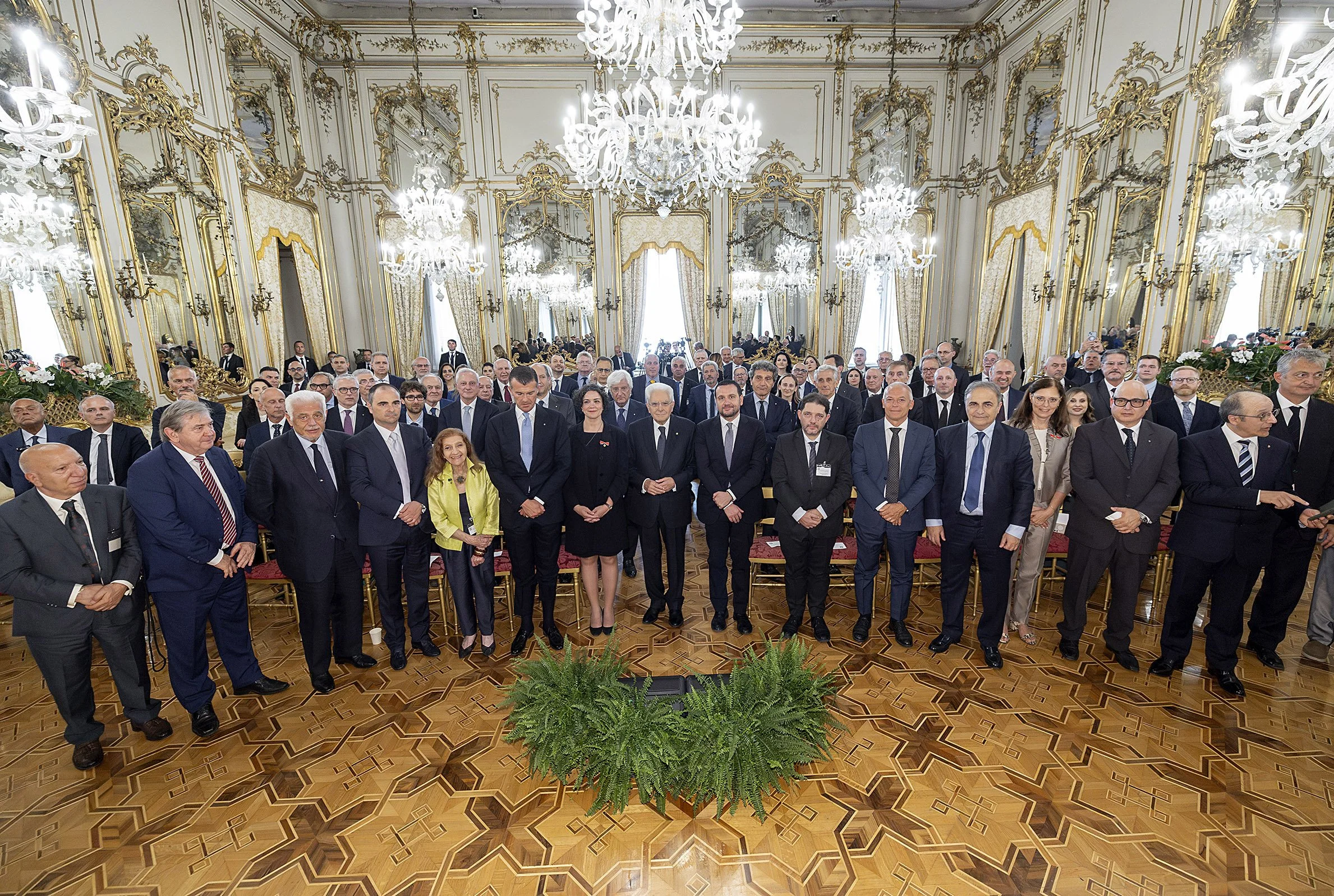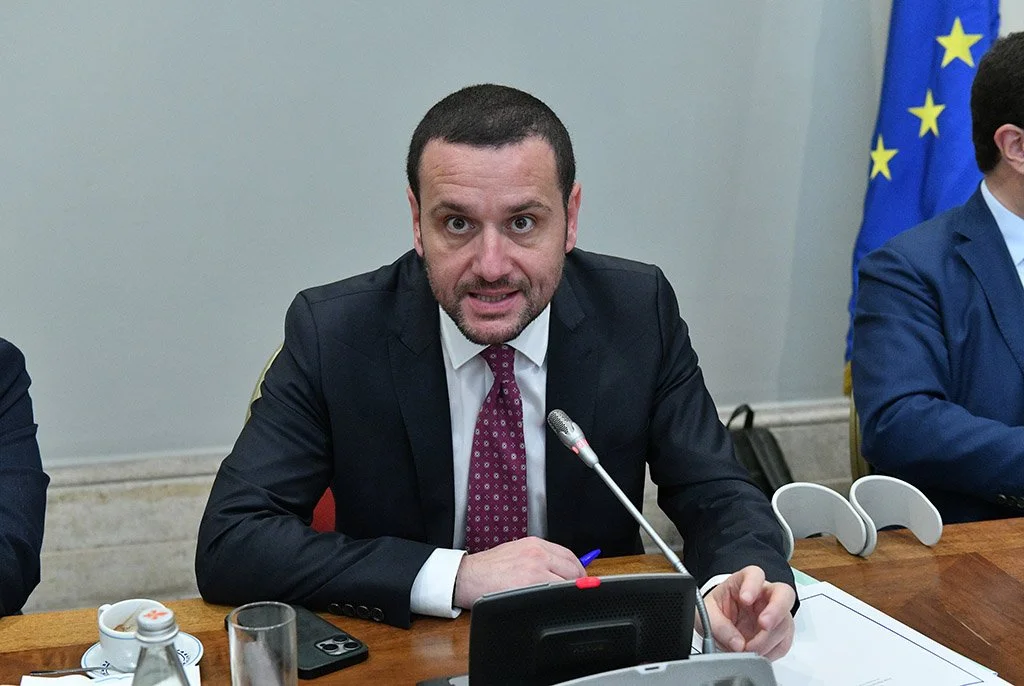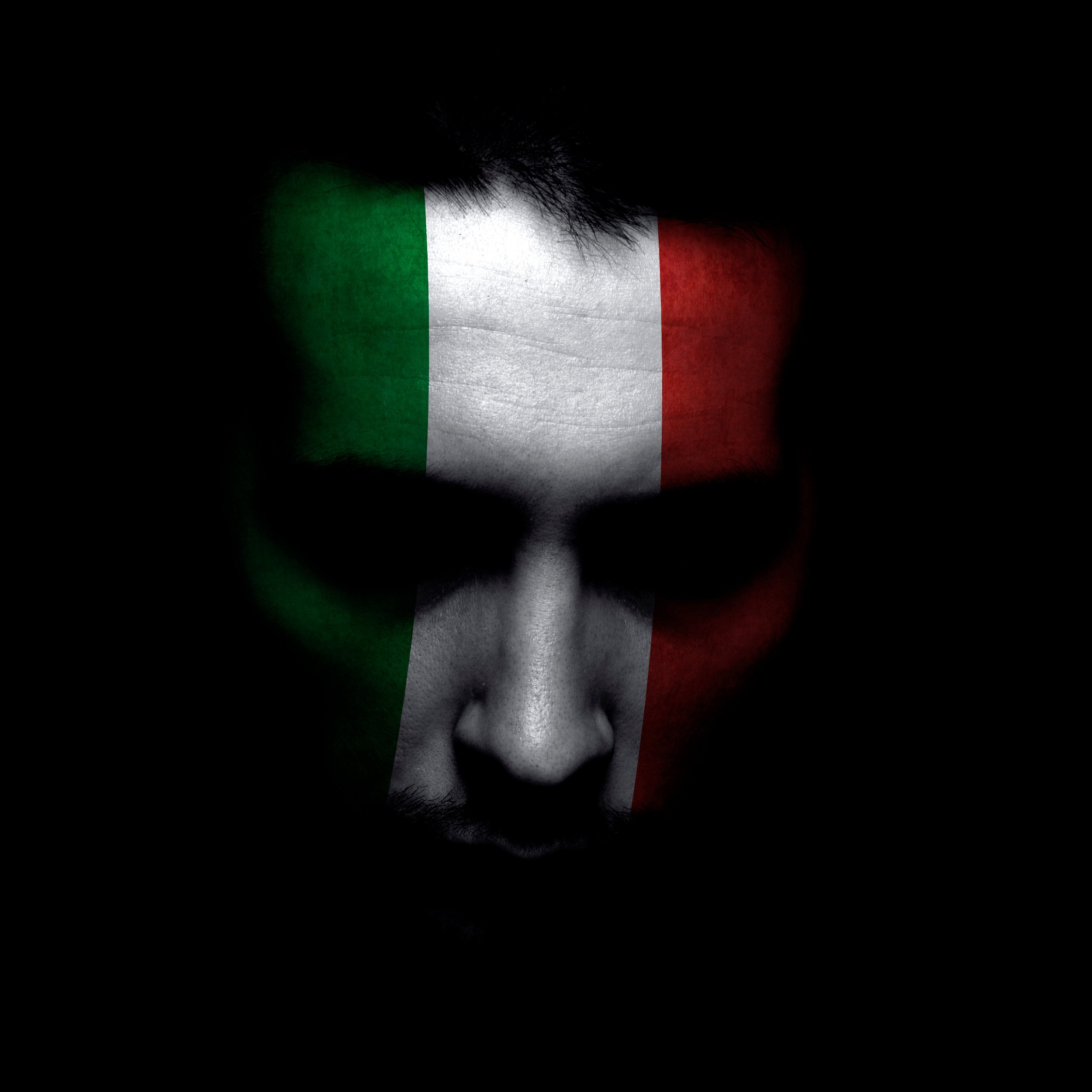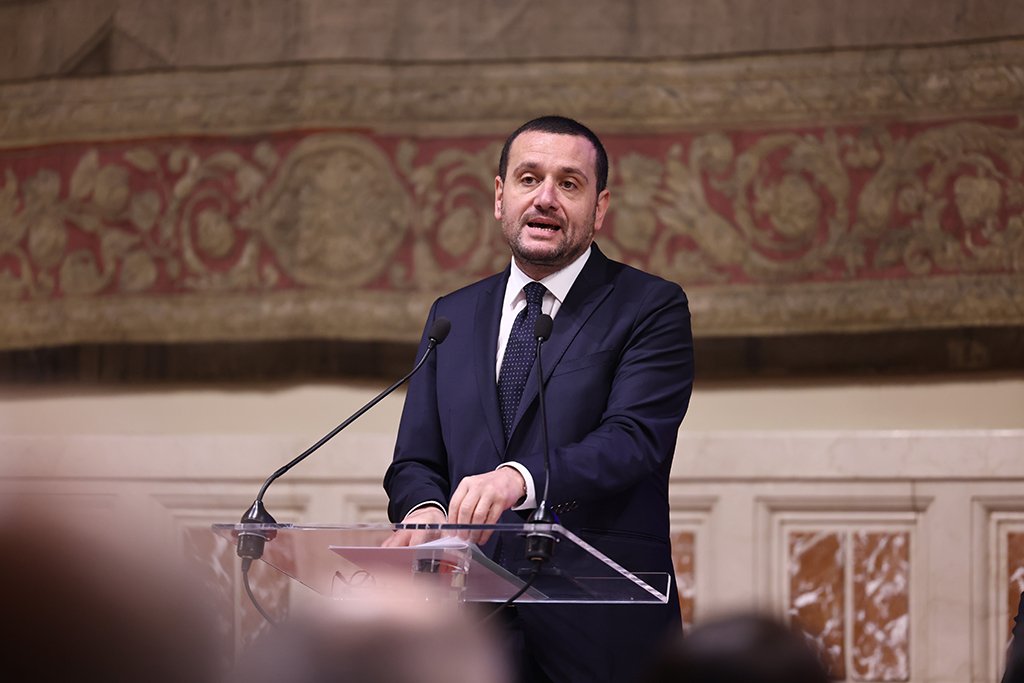IN EVIDENZA ITALIA IN SVIZZERA
Mattmark, 60 anni dopo, la storia sulla coscienzaIl 30 agosto 1965 la montagna ha seppellito 88 lavoratori di cui 56 italiani. Per i 60 anni è ripubblicato «Morire a Mattmark», il libro dello storico Toni Ricciardi. In questa analisi l’autore spiega perché non esiste ancora una memoria condivisa.
di Toni Ricciardi
3 luglio 2025
leggi tutto
IN EVIDENZA SGUARDI SUL MONDO
«L’Unione europea deve ora imparare a difendersi da sola»Fra le voci più autorevoli in Europa nel panorama delle relazioni internazionali, Nathalie Tocci auspica finanziamenti diretti, ben oltre i prestiti attuali ai Paesi membri su base volontaria, in modo da operare «un vero salto» verso una difesa europea, cioè comunitaria: «Senza modifiche ai trattati, la gestione nazionale rimarrà predominante, poiché la difesa resta una prerogativa degli Stati»
di Matteo Galasso 3 luglio 2025
leggi tutto
IN EVIDENZA ITALIA NEL MONDO
Italiani all’estero, cittadini di seconda classe?Il presidente della Repubblica ha condiviso la necessità di «riconsiderare» alcune criticità del testo sulla cittadinanza per discendenza, che trasforma i connazionali nel mondo in cittadini di serie B. Si allarga il fronte della protesta: in prima linea il Cgie ha proposto sei rimedi per correggere un provvedimento «vissuto come una ferita profonda».
di Guido Gozzano
30 giugno 2025
leggi tutto
IN EVIDENZA ITALIA IN SVIZZERA
«Mi spiace tanto per gli italiani in Svizzera ma dovevo agire per tutelare i nostri interessi»Sono trascorsi oltre sei mesi dalla notifica di confisca preventiva della Casa d’Italia di Zurigo. Il governo italiano si fa ora scudo con il diritto europeo pur di non versare il dovuto indennizzo a Francis Louvard, l’imprenditore francese all’origine del sequestro.
di Fabio Lo Verso
26 giugno 2025
scopri di più
IN EVIDENZA EDITORIALE
Il colpo basso del nazionalsovranismoDa quale mente poteva scaturire una legge che nega i diritti di «tutti» gli italiani nel mondo pur di punirne alcuni, se non da chi, appunto, ha un problema con tutti gli italiani nel mondo? Un colpo basso, inaspettato, sleale, giustificato con motivi assurdi. Una sciagurata vicenda il cui solo vantaggio è aver fatto luce sulla reale considerazione del governo per noi concittadini all’estero.
di Fabio Lo Verso direttore
leggi tutto
Pubblicità

ITALIA NEL MONDO
Boom di medici italiani in Belgio, i retroscena di un esodo recenteSono sempre più numerosi a trasferirsi a Bruxelles, nelle Fiandre e in Vallonia, in linea con la grande fuga dei camici bianchi italiani all’estero. Il Belgio è ora una meta gettonata come Gran Bretagna, Francia, Svizzera e Paesi Bassi. Ma il flusso avviene nel momento in cui il sistema sanitario belga è messo a dura prova dalla recente impennata della spesa sanitaria.
di Valeria Camia Bruxelles
29 maggio 2025
leggi tutto
IN EVIDENZA ITALIA NEL MONDO
«Non vi azzardate a mettere mano alla legge elettorale per gli italiani all’estero»Alla Camera esplode la rabbia del deputato Pd Toni Ricciardi nei confronti del governo, che assusa di aver boicottato il voto degli italiani nel mondo. Un intervento da non perdere, una denuncia dolente delle amare contraddizioni e assurde argomentazioni di chi dirige il Paese. Con un sonoro, vibrante avvertimento finale.
di Loredana Traina
14 giugno 2025
leggi tutto
Pubblicità
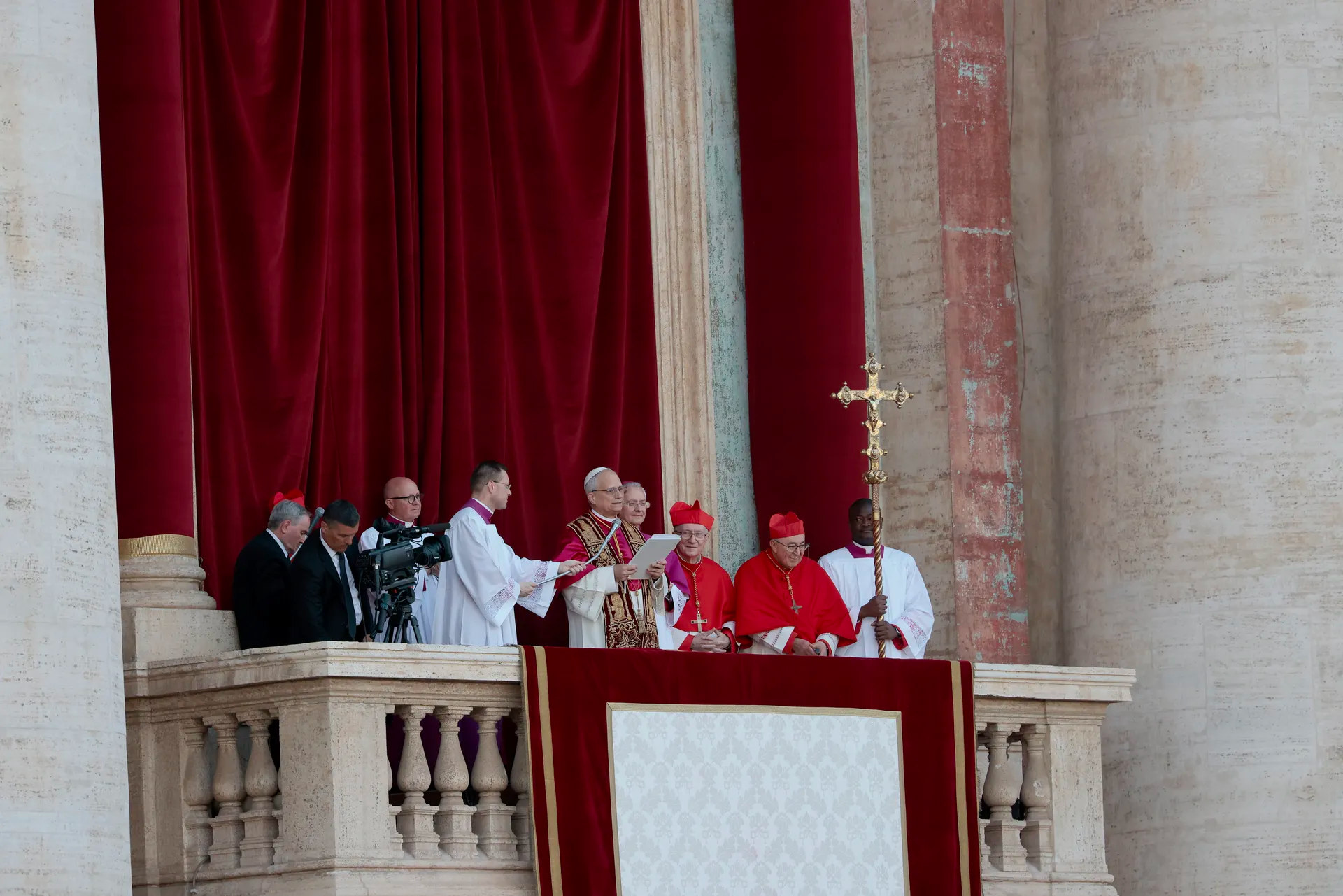
VATICANO
L’agenda di Leone XIV nel disordine mondialeDalle prime parole rivolte ai fedeli e al mondo, pronunciate dalla loggia di San Pietro, Robert Francis Prevost, divenuto Leone XIV, ha delineato il programma di una Chiesa missionaria impegnata a costruire ponti di pace. Nel giorno dell’insediamento ufficiale, lo scorso 18 maggio, il Papa erede di Francesco ha tracciato le linee guida, nette e precise, della sua opera diplomatica.
di Guido Gozzano
29 maggio 2025
leggi tutto
IN EVIDENZA ITALIA NEL MONDO
Il filo spezzato dell’italodiscendenzaI figli degli expat perdono il diritto a tramandare la cittadinanza italiana. Ieri il voto conclusivo alla Camera, «è il giorno della vergogna», dichiara il deputato Toni Ricciardi. I risvolti di una legge vessatoria contro gli italiani all’estero sui quali cala l’oscurità di una norma punitiva.
di Fabio Lo Verso direttore
21 maggio 2025
leggi tutto
Pubblicità
IN EVIDENZA EDITORIALE
Guerra e pace, parole a testa in giùTrump questa volta non c’entra, non è stato lui a travisare il nobile concetto di «pace», a farlo coincidere con l’anomala ingiunzione del «darla vinta all’invasore», cioè ora a Putin. Ma è stato lui per primo ad averla messa in atto, privando l’Ucraina delle armi e poi dell’intelligence satellitare. Ha praticamente disarmato un popolo invaso, e compiuto lo slogan mortifero dei mille sofisti del pacifismo: stop agli aiuti militari all’Ucraina.
di Fabio Lo Verso direttore
scopri di più
IN EVIDENZA ARTE
Ecce Caravaggio,
tra i capolavori di
un genio dell’arteA Palazzo Barberini, a Roma, è in corso fino al 6 luglio quella che è senza alcun dubbio la mostra dell’anno: Caravaggio 2025. Un viaggio attraverso la contemporaneità dell’artista, riscoperta dalla sensibilità del nostro tempo. Da non perdere.
di Antonella Montesi
24 aprile 2025
leggi tutto
IN EVIDENZA ITALIA IN SVIZZERA
Stupore e tremori alla Erismannstrasse di ZurigoCosa accade alla Casa d’italia? Lo storico palazzo, di proprietà dello Stato italiano, è stato messo sotto sequestro nell’ambito di una controversia internazionale fra il Governo italiano e un investitore franco-svizzero.
di Ludovica Pozzi
1 aprile 2025
scopri di più
Pubblicità

CULTURA & SOCIETÀ
Fantozzi siamo noi:
il ragionier Ugo compie 50 anniLa storia dell’italiano medio, raccontata da uno dei più iconici personaggi del cinema italiano. Forse troppo difficile da capire all’estero, troppo connotato, ma una volta capito, l’Italia non ha più segreti.
di Antonella Montesi
leggi tutto
IN EVIDENZA CINEMA
Francesco Rosi, il film come protesta e impegno politicoÈ uno dei massimi registi italiani di fama mondiale. I suoi film hanno scritto la storia del cinema ed hanno fatto conoscere un’Italia raccontata da una nuova prospettiva: quella della presa di coscienza e del coraggio civile, riassunta nella bella e ricca rassegna a lui dedicata dal Filmpodium di Zurigo, patrocinata dall’Istituto Italiano di Cultura.
di Antonella Montesi 1 aprile 2025
scopri di più
Pubblicità
IN EVIDENZA EDITORIALE
Quando la mafia torna sugli schermiNell’Italietta di oggi, società del presente perpetuo, dove la memoria è labile, inesistente, il ricordo di Mauro Rostagno, giornalista ucciso dalla mafia nel 1988, ora rivive nel documentario di Roberto Saviano dal titolo L’uomo che voleva cambiare il mondo. Ma quel mondo è rimasto lo stesso.
di Fabio Lo Verso direttore
leggi tutto

PRIMO PIANO
Lauree fasulle,
dall’Italia alla Svizzera l’imbroglio continuaGli atenei universitari farlocchi impazzano in Svizzera, divenuto un hub per ottenere i titoli in Italia. Le inchieste giornalistiche, e ministeriali, hanno svelato un business che richiama migliaia di studenti italiani. Un genitore infuriato, il cui figlio è stato ingannato, si è rivolto al nostro giornale: «Perché la frode non è finita»
di Guido Gozzano
scopri di più
IN EVIDENZA CINEMA
Celeste Dalla Porta, musa del film «Parthenope» di Sorrentino, incanta GinevraIl film del famoso regista napoletano, interpretato dall’attrice alla sua prima esperienza cinematografica, esce oggi nelle sale della Svizzera romanda.
di Claudia Miccichè
12 marzo 2025
leggi tutto
IN EVIDENZA CULTURA & SOCIETÀ
Grazieschön! Capossela travolge ZurigoL’uragano Vinicio Capossela, artista poliedrico, poeta, cantautore, scrittore e soprattutto fantasmagorico entertainer, per due ore trasforma il Kaufleuten in una festa, con la sua verve prorompente e le canzoni coinvolgenti.
di Antonella Montesi
12 febbraio 2025
leggi tutto
IN EVIDENZA ECONOMIA & AMBIENTE
Per Glencore la Sardegna è ormai l’isola dei rifiutiViaggio nel Sulcis dove la multinazionale svizzera chiude le storiche linee di produzione, ma continua a bruciare i fumi d’acciaieria. Sul posto un nuovo progetto di riciclaggio di vecchie batterie suscita ampie preoccupazioni.
Di Federico Franchini
10 febbraio 2025
leggi tutto

CULTURA & SOCIETÀ
«Vorrei andare oltre il riscatto della memoria di mio padre, Mauro Rostagno»Esce oggi il documentario di Roberto Saviano sul giornalista ucciso dalla mafia nel 1988. Al Corriere dell’italianità la figlia Maddalena condivide il bisogno di rendere giustizia alla vera, genuina storia del papà «che troppi hanno sentito il bisogno di screditare».
di Alessandra Spada
26 febbraio 2025
leggi tutto
SEZIONE ITALIA IN SVIZZERA
STORIE DI EXPATS
«In Svizzera ho trasferito un progetto di vita per la mia famiglia»Dalla Puglia a Milano, oggi a Zurigo e Winterthur, Federica Catino, laureata in matematica, lavora come istruttrice di Pilates.
di Salvo Buttitta
24 aprile 2025
leggi tutto
STORIE DI EXPATS
Fabio Bruno, la voce italiana che racconta Zurigo in podcastDa Messina, passando da Roma, Torino e poi un anno in Australia, l’audio producer ha dato vita a qualcosa di nuovo: il PAZ, Podcast Ascolti Zurigo, un progetto innovativo che va oltre la semplice audioguida.
di Salvo Buttitta
25 febbraio 2025
leggi tutto
Pubblicità
IN EVIDENZA EDITORIALE
Lauree facili come specchio socialeIl «pezzo di carta», la laurea universitaria, è ai primi posti fra gli scopi da raggiungere. In Italia è il «passaporto» per il lavoro, i report Istat confermano il suo valore per l’occupazione. Senza la laurea si resta essenzialmente esclusi dal mondo professionale, ma fino a che punto si è pronti a spingersi per ottenere un titolo di studio universitario? Risposta: fino ad acquistarlo.
di Fabio Lo Verso direttore
24 febbraio 2025
leggi tutto
INCHIESTA POLITICA
Cecilia Sala, l’inchiesta svizzeraDopo le settimane di altissima tensione fra l’Italia, l’Iran e gli Stati Uniti, concluse con il rilascio della giornalista italiana, la storia dell’ingegnere iraniano all’origine della vicenda è quella che resta. Era davvero un affiliato dei Pasdaran, infiltrato in Svizzera per aggirare le sanzioni Usa tramite una startup con sede nel campus dell’Epfl di Losanna? L’enigma inizia a sciogliersi bussando ai laboratori del Politecnico federale.
di Fabio Lo Verso
& Thomas Mackinson
Il Fatto Quotidiano
3 febbraio 2025
scopri di più
CULTURA & SOCIETÀ
«L’uomo mafioso è un perverso fragile»Il padre, capo mafia, venne arrestato dal giudice Falcone. Nel suo libro «A casa di Cosa nostra», oggi tradotto in francese, Nino Rizzo, noto psicanalista di Ginevra, si avvale del vissuto personale all’interno di una famiglia mafiosa e ci fa capire come funzionano gli uomini di mafia, con il sostegno discreto ma essenziale delle donne..
di Guido Gozzano
25 febbraio 2025
leggi tutto
IN EVIDENZA ITALIA IN SVIZZERA
«I Numeri Uno», storie di straordinaria quotidianità fra Svizzera e ItaliaScopri i nove professionisti di origine italiana che hanno ricevuto il premio «Numeri Uno» per il 2024. A premiarli, la Camera di Commercio Italiana per la Svizzera che li ha celebrati ieri sera a Zurigo.
di Ludovica Pozzi 21 marzo 2025
leggi tutto
SEZIONE ITALIA NEL MONDO
IN EVIDENZA ANALISI
Il vero volto e le mille facce dell’italianitàMultiforme, scivolosa per chi tenta di darle un’interpretazione univoca, la nozione d’italianità è rimasta negli ultimi decenni intrappolata in quella di identità nazionale. Per noi, ma non solo, rimane un concetto transnazionale che cammina sulle gambe di chi parla italiano, in patria e nel mondo, veicolando un patrimonio di cultura e civiltà
di Fabio Lo Verso
24 gennaio 2025
leggi tutto
IN EVIDENZA POLITICA
Approvata all’unanimità la legge per velocizzare il rilascio dei passaportiIl testo a prima firma del deputato Pd Toni Ricciardi (foto) ha incassato l’ok di tuti i partiti e il voto di tutti gli eletti presenti alla Camera e al Senato. Dal 2025 gli uffici consolari riceveranno 4 milioni di euro, distribuiti in base al numero di documenti emessi.
di Guido Gozzano
21 novembre 2024
leggi tutto
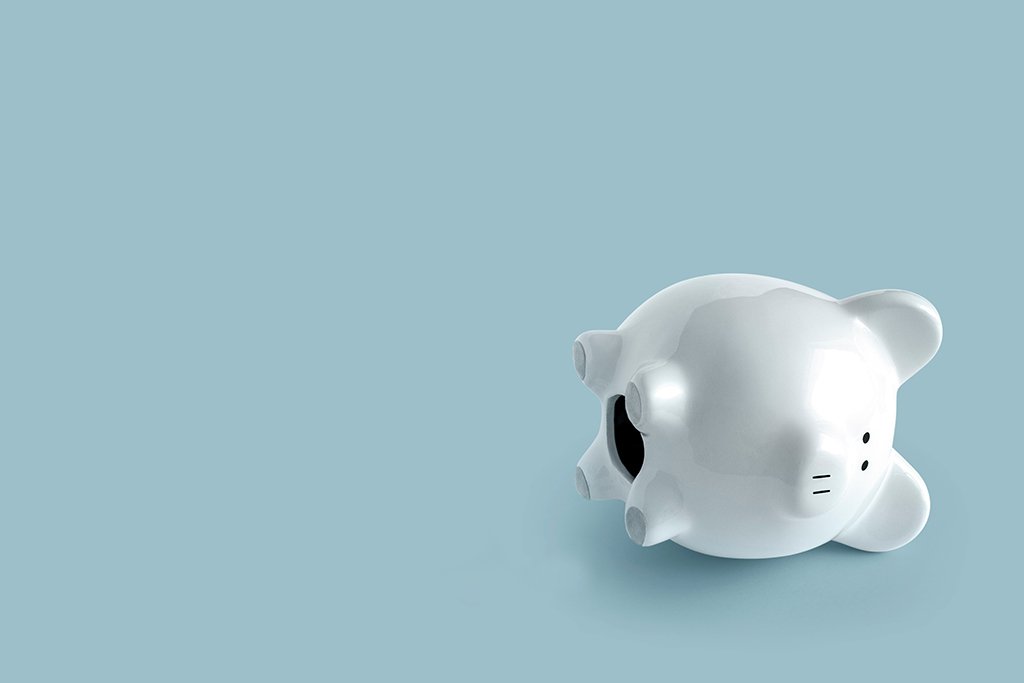
I risparmi da capogiro delle famiglie italiane
Il patrimonio delle famiglie italiane supera i 5.700 miliardi di euro, due volte e mezzo il Pil e quasi il doppio del debito pubblico. Una montagna di soldi che non smette di crescere nonostante il Covid, l’inflazione e il ristagno ventennale dei redditi. L’ossessione per il salvadanaio tradisce una propensione a navigare a senso unico, investendo poco, o soltanto nel mattone e nei titoli di Stato. Mentre calano la demografia e la produttività del lavoro. Le due leve che determinano la facoltà del risparmio.
di Guido Gozzano
leggi tutto
IN EVIDENZA EDITORIALE
L’altra faccia della monetaC’è un’Italia povera, che ogni anno si riflette nei report di Caritas, e un’Italia ricca, molto ricca, che spicca nei resoconti congiunti di Bankitalia e Istat: circa 1.128 miliardi di euro dormono nei conti correnti delle famiglie italiane, più della metà del Pil nazionale; con i buoni del Tesoro, i titoli di borsa e le obbligazioni, la ricchezza finanziaria supera i 5.700 miliardi.
di Fabio Lo Verso direttore
leggi tutto
Una finestra sull’Italia e sul mondo, sezione a cura del fotoreporter Alberto Campi. Scopri gli scatti del fotografo fra Augusta e Siracusa, lungo la costa più inquinata della Sicilia, un reportage crudo e dolente sul disastro ambientale meno conosciuto d’Italia ma fra i più antichi e profondi.
clicca sulla foto
SEZIONE LAVORO & PREVIDENZA
PREVIDENZA & LAVORO
Chiarimenti sull’aumento a 67 anni e tre mesi di età per la pensioneHa suscitato clamore l’innalzamento dei requisiti anagrafici dal 2027. Ora un decreto ministeriale dovrebbe «sterilizzare» l’incremento e lasciare invariata l’età di accesso.
di Roberto Crugnola
Coordinatore Patronato Inas Cisl Svizzera
3 aprile 2025
leggi tutto
IN EVIDENZA PENSIONI
Pensione anticipata in Italia: chiariamo i fondamentali!In virtù degli accordi pensionistici tra Svizzera e Ue, concorrono al raggiungimento del requisito contributivo italiano anche gli anni di contribuzione in Svizzera. Questa e altre cose da sapere nell’articolo qui di seguito.
di Patronato Acli
30 aprile 2025
leggi tutto
IN EVIDENZA LAVORO
Dubbi sulla dubbia imposizione? Le risposte dell’esperto


